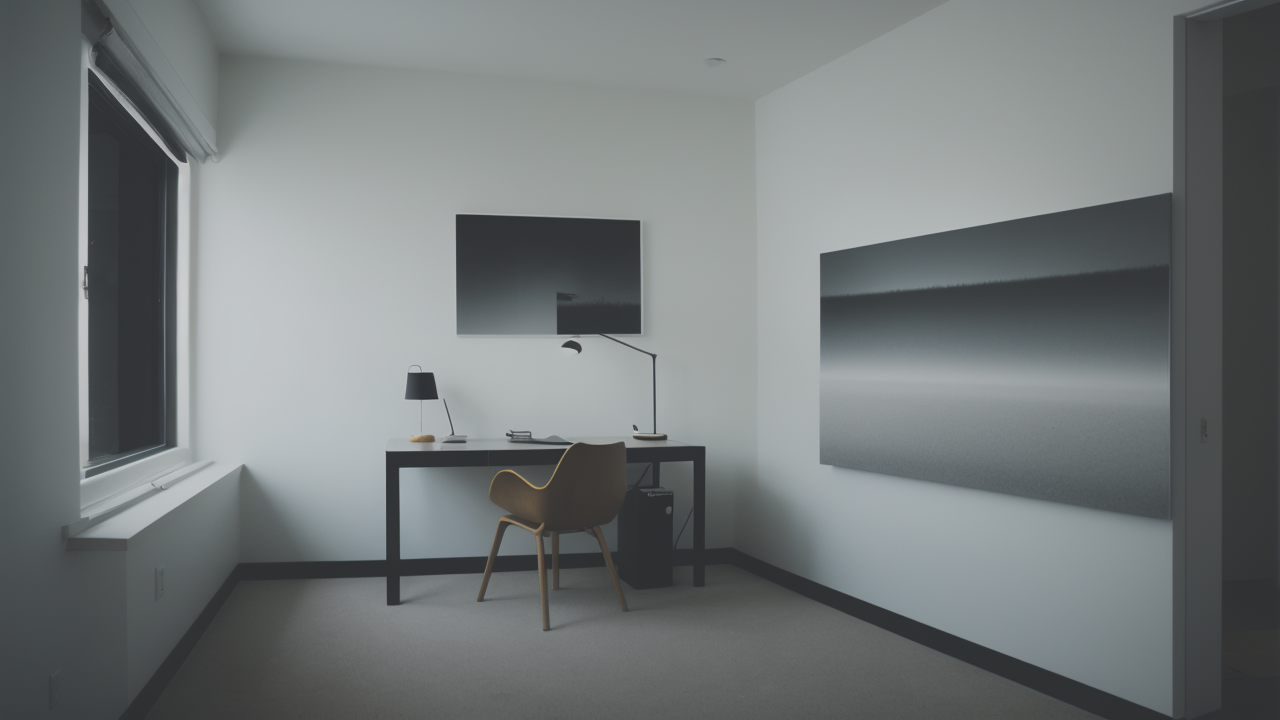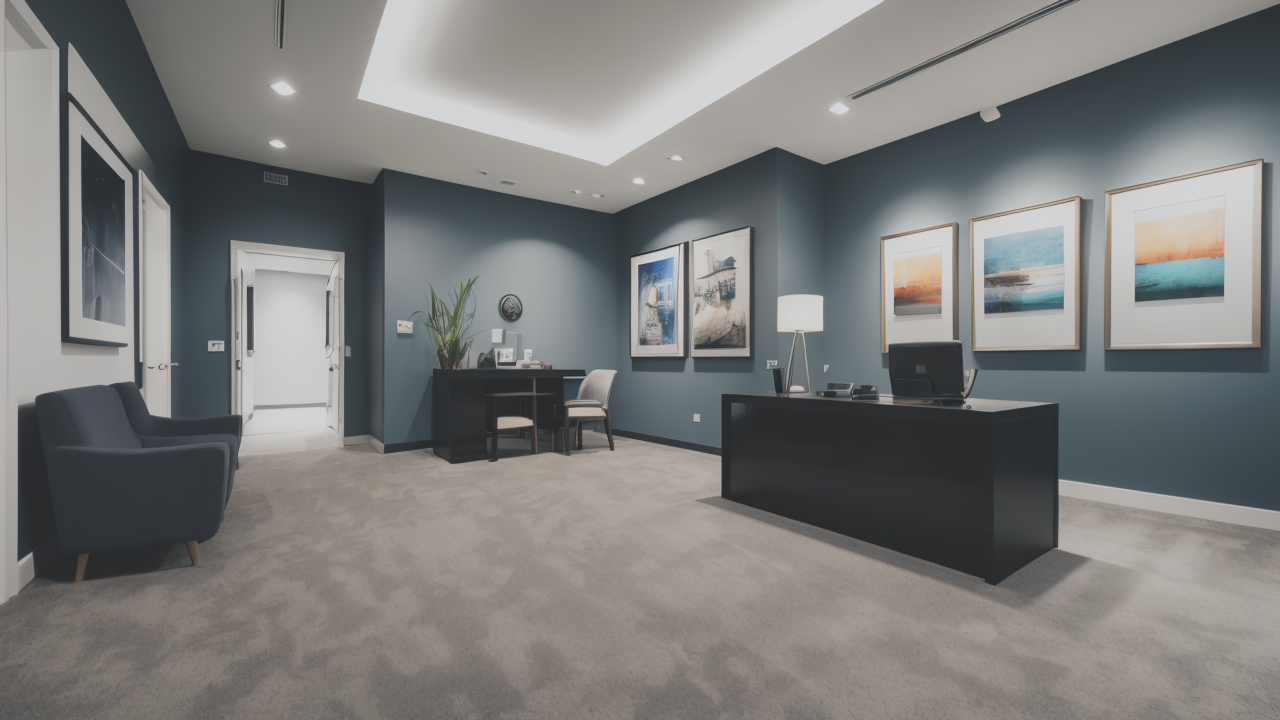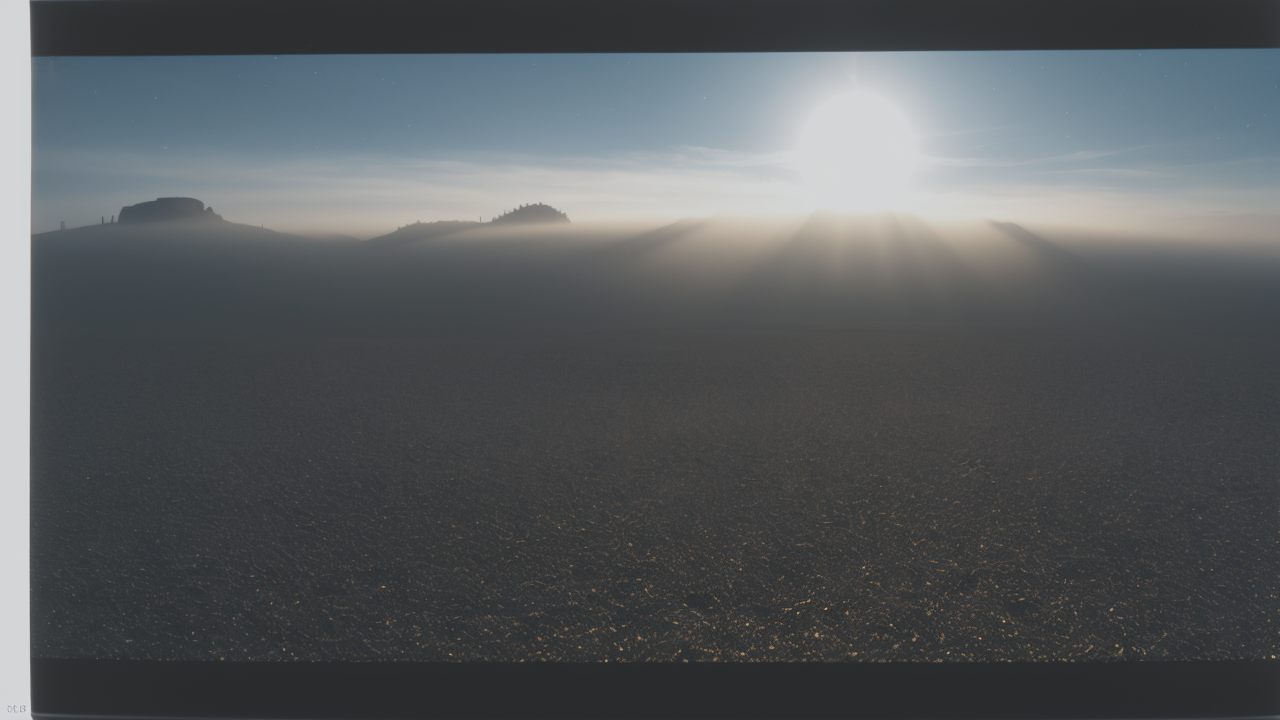
Embracing Simplicity: How Minimalist Drawings are Shaping American Art Trends
The Evolution of Minimalism in Art: Historical and Contemporary Perspectives
Understanding the Shift from Traditional to Minimalistic Aesthetics
Art has changed a lot over time. In the past, many artists made detailed, complex works. Now, there's a trend towards simplicity. This is called minimalism. It's about using fewer elements to create powerful art.

Minimalism started in the mid-1900s. Artists wanted to try something new. They began using basic shapes and colors. Their goal was to make art that was pure and simple. This was very different from the busy art of the past.
Today, minimalist art is still popular. But it has grown and changed. Modern artists mix minimalist ideas with new methods. They use technology and different materials. This creates art that is simple but also fresh and exciting.
Many people like minimalist art because it's calm and easy to look at. It doesn't have too many details. This makes it great for modern homes and offices. It helps create a peaceful space in our busy world.
Key Historical Influences on Contemporary Minimalism
Several art movements have shaped today's minimalist art. One big influence was the De Stijl movement. It began in the Netherlands in the early 1900s. De Stijl artists used simple shapes and primary colors.
Abstract Expressionism was another important influence. This style became popular in the 1940s and 1950s. Artists like Mark Rothko made large paintings with blocks of color. These works showed that art could be powerful without many details.
In the 1960s, Minimalism became its own art movement. Artists like Donald Judd and Agnes Martin were leaders. They made very simple but meaningful art. Their ideas are still important to minimalist artists today.
Japanese design has also influenced minimalist art. Japanese culture values simplicity and empty space. Many minimalist artists use these ideas. It helps create a sense of calm and balance in their work.
The Impact of Contemporary Minimalist Art in Modern Interior Design
How Minimalist Art Shapes the Visual Language of Today's Homes
Minimalist art has changed how we decorate our homes. It fits well with modern design trends. Many people choose large, simple artworks for their walls. These pieces can make a big impact without cluttering the space.

Color is very important in minimalist art for homes. Many artists use just a few colors. This can be calming to look at. It also makes it easy to match the art with furniture and other decor.
Texture is another key element. Even simple art can have interesting textures. This adds depth to a room. It makes the space feel more inviting. Many people choose art with textures that match their home's style.
Minimalist art encourages people to have less stuff. It shows that a few good pieces can look better than lots of small things. This idea has changed how many people decorate. They focus on quality over quantity.
Minimalism in Commercial Spaces: An Emerging Trend
Businesses are using minimalist art more and more. You can see it in offices, hotels, and stores. This type of art helps create a clean, modern look. It can make a space feel more professional and organized.
In offices, minimalist art can help workers focus. It doesn't distract like busy artwork might. Many companies use large, simple pieces in meeting rooms and lobbies. This creates a calm but impressive atmosphere.
Hotels often use minimalist art to look stylish and relaxing. Simple artwork can make rooms feel bigger and more luxurious. It appeals to travelers who want a peaceful place to stay. Many hotels choose art that fits their brand's style.
Stores are finding creative ways to use minimalist art too. It can help highlight products without taking attention away from them. Some stores use big, simple artwork to create a modern shopping experience. Others use small pieces to add style without cluttering the space.
Navigating the Market: Investment and Trends in Minimalist Art
Investing in Minimalist Art: A Guide for Collectors and Investors
Buying minimalist art can be a good investment. But it's important to know what you're doing. Start by learning about different artists and styles. Go to art shows and galleries. This will help you understand what's valuable.

When choosing art to buy, think about the artist's reputation. Look for artists who have been successful for a while. Their work is more likely to keep or increase in value. Also, pay attention to how the art is made. High-quality materials and techniques are important.
Always make sure the art you buy is real. Get papers that prove it's authentic. Buy from places you can trust. This protects your investment and helps ensure the art will be valuable in the future.
Think about where you'll put the art. Big pieces can look great, but they might be harder to sell later. Smaller works can fit in more places. This makes them easier to sell if you want to in the future.
It's a good idea to buy different types of minimalist art. Don't put all your money into one artist or style. Having a variety can help reduce risk. It also lets you explore different parts of minimalist art.
Predicting the Future of Minimalism: What's Next for Art Collectors?
Minimalist art is changing in exciting ways. Digital art is becoming more popular. This includes things like NFTs and other computer-based art. These new forms are attracting younger buyers. They offer new ways to own and enjoy minimalist art.
Many artists are focusing on being eco-friendly. They use materials and methods that are good for the environment. This is important to many collectors today. It will likely become even more important in the future.
Custom art is also becoming more common. Artists are making minimalist pieces just for specific buyers. This lets collectors have unique art that fits their exact needs. It combines the idea of owning something special with minimalist style.
Interactive minimalist art is another trend to watch. These are pieces that change or respond to viewers. They offer a new way to experience art while still keeping a simple look. This could lead to exciting new types of minimalist art.
As technology improves, we might see more mixing of digital and physical art. This could create new forms of minimalist expression. Collectors should be open to these new ideas. They could be the next big thing in minimalist art investment.


